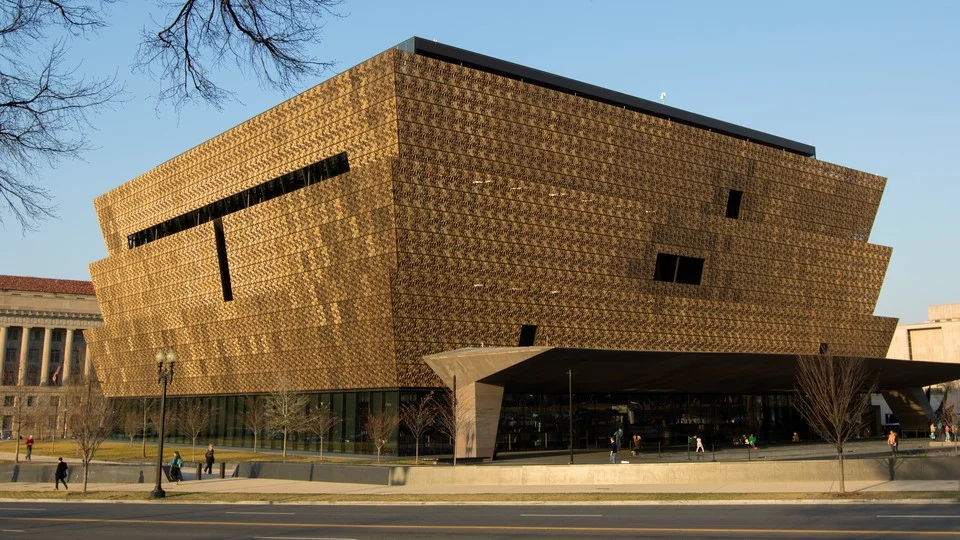
What Happens When America’s History is Rewritten?
As America approaches a pivotal moment in its history—the 250th anniversary of independence—questions surrounding the representation of African American history take center stage. This story unfolds as President Trump seeks to reshape the narrative, targeting institutions like the National Museum of African American History and Culture (NMAAHC) amidst accusations of ideological indoctrination.
In the past week, significant concerns have emerged about Trump's executive order aimed at revising how American history is taught. The order stated that museums should not present divisive narratives which could distort the shared history of the nation. At the heart of this discussion is the NMAAHC, established to share the full spectrum of the Black experience, including the painful legacy of slavery.

During a recent visit to the museum, visitors expressed deep concern about the future of its exhibits. Elizabeth Hays, a visitor from North Carolina, articulated her fears about potential censorship, saying, “I’m afraid that it’s going to be censored.” Her sentiment reflects a broader anxiety that roots back to Trump's efforts to sanitize America’s historical narrative.
Docents at the NMAAHC strive to educate visitors on the realities of American history, including the connections between capitalism, slavery, and colonialism. Edward Flanagan, an 80-year-old docent, remarked during a tour: “The only way that slavery works is the continued public application of violence and terror.” His words echo the sentiments of many who believe that historical accuracy is under siege.
Moreover, Trump's administration has expressed intentions to control federal cultural institutions, intertwining political narratives with historical inquiry. Experts warn that such trends could suppress critical discussions around racism and inequality—facilitating a dangerous precedent where American history might be rewritten to favor a skewed interpretation.

The director of the NMAAHC, Kevin Young, resigned shortly after the issuance of the executive order, further adding to the uncertainty surrounding the institution’s trajectory. The museum welcomed 1.6 million visitors last year, showcasing artifacts from slavery to present-day cultural contributions. However, as noted by Bryan Stevenson of the Equal Justice Initiative, schools have historically overlooked critical aspects of African American history—underscoring the necessity of such institutions in filling those gaps.
Trump’s executive order has sparked significant backlash from historians and community leaders, with claims that it acts to undermine the realities of American history while promoting fictionalized narratives. Many see this as a directive to shield certain populations from uncomfortable truths about the nation’s past. The National Council of Negro Women stated, “It would be a travesty to not have your culture-specific museums anywhere in the country, but definitely in the nation’s capital.”
As debates surrounding this topic intensify, it is crucial for museums like the NMAAHC to continue preserving and sharing authentic narratives. Independent of political agendas, the museum remains a vital source for understanding the complexities of the African American experience. What remains unclear, however, is how these institutions will navigate this landscape where historical interpretation and political motivations intersect.
As we reflect on these developments, the question looms: how will the future of America's historical narrative evolve as we celebrate 250 years of independence? The answer to this may shape not just how we remember our past, but how we build our future. We invite readers to share thoughts on the importance of preserving true narratives in our educational institutions.